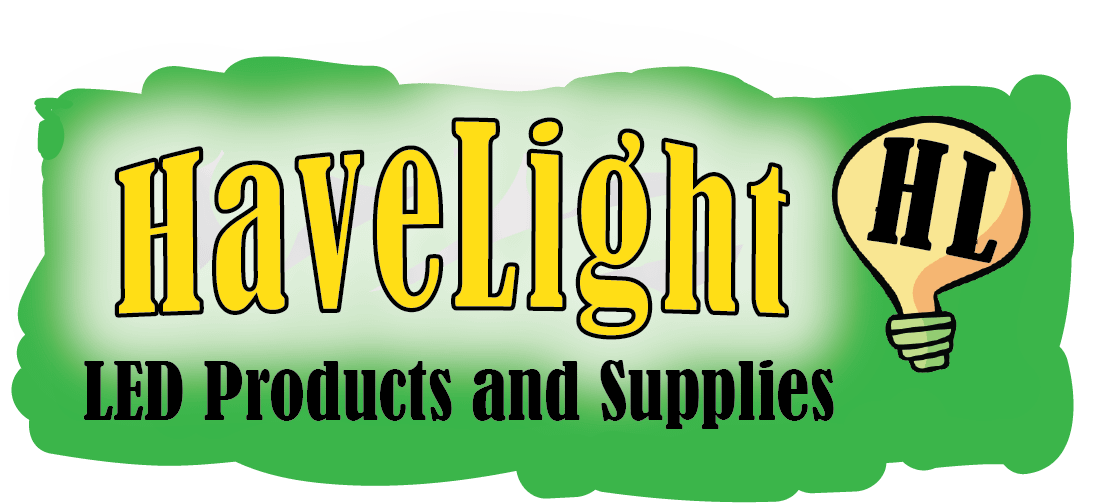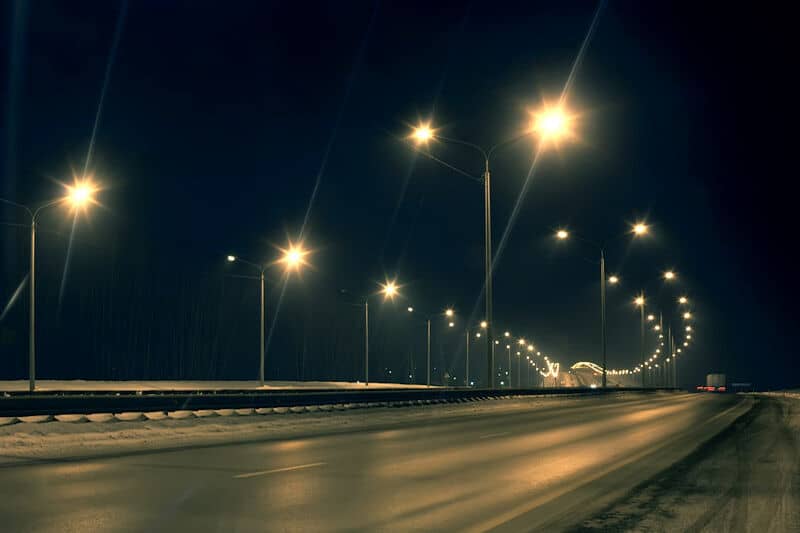Area Lighting – Street, Parking Lots and Recreation Fields
Outdoor Area LED Lighting is replacing high pressure sodium and metal halide lights. Flexible LED technology provides energy savings, design flexibility, long duration operation, and an assortment of benefits supporting light-emitting diodes as a preferred area luminaire. High pressure sodium and metal halide lights, collectively High Intensity Discharge (HID) lighting, are phasing out as LED area luminaires offer significant cost savings and other advantages.. Driving the transition is the range of features and benefits LED technology provides,
Transitioning Area Lighting from HID to LED Lamps
Metal halide (MH) and High-Pressure Sodium (HPS) lamps are traditional High Intensity Discharge (HID) light fixtures. However, the tide is turning towards LED technology. LED Area lights advantages include reduced energy consumption, uniform illumination, instant on without run-up time, luminous efficacy, color quality, optical design, thermal management, and lower cost. Once obsolete the absence of mercury and lead support recycling while minimizing hazardous waste disposal cost.
Commitment to Quality
Manufacturing quality differs significantly from one manufacturer to another. It pays to evaluate a manufacturer’s product testing certifications, longevity in business, and is the company U.S. based or an offshore business penetrating the lighting market via low cost offerings. This is not inferring foreign manufacturing is bad but rather does the manufacturer have in-house quality control processes and testing certifications backed by independent companies and organizations.
Area Lighting Selection Considerations
Selecting an area light involves assessing energy efficiency, durability, color quality, product life, lumen maintenance, light distribution, glare, and cost. Energy efficiency involves several factors including light source luminous efficacy, power supply in lumens per watt, fixture optical efficiency, and target area light delivery. The objective is deliver light to a designated area while minimizing light pollution at the lowest possible power density.
HID lighting illuminates an area directly below the fixture with greater intensity, aka a bright spot, with less lumens further out from the beam center. Comparatively, multiple point source and directional characteristics of LEDs allow for better control of light distribution. The result is uniformity of light that conserves energy and creates a homogenous distribution relative to HID lighting.
Light fixture designs, which stand the test of time, incorporate features that provide durability against weather, air particulates and birds. Key to operational longevity is manufacturing a light with an Ingress Protection rating i.e. IP65, which indicates the luminaire can withstand harsh conditions including water and dust intrusion. Design consideration also include installation of gaskets and seals ensuring LED array and power supply reach their full potential. In most cases, a minimum 5-year duration.
Summary
LED lamps are revolutionizing area lighting used to illuminate streets, parking lots and recreation fields. Technology is evolving that reduces power consumption and offers flexibility in lighting installation, lumen output, homogenous light distribution, and reduced maintenance requirements. Part 2 of this article addresses CCT and CRI ranges, luminaire longevity, heat management and controlling light pollution.
EcoCentricNow.com and HaveLight.com offer a wide selection of industry certified, energy efficient LED lights for interior and exterior installation. Our USA suppliers are committed to quality control, technology advancement, innovative design, and best practice manufacturing. Contact ECN at sales@ecocentricnow.com or call 888-828-1405 for merchandise information.


Recent Comments